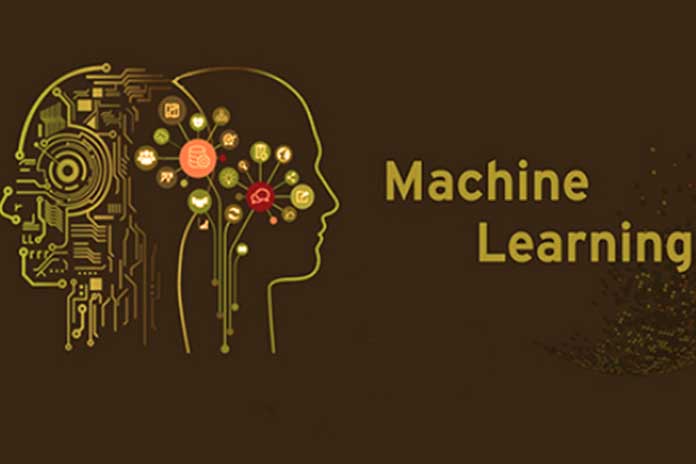The information investigation and improvement process address the cutthroat motor of any digitized organization. Information Science is the complex of measurable, numerical, and IT teachings that permits the change of crude data into supportive proof for business.
Part of artificial consciousness, Machine Learning is the arrangement of methods that, inside the scientific work process, makes it conceivable to dynamically work on the presentation of a calculation in recognizing designs in information, subsequently permitting to correspond occasions and infer experiences with ever more remarkable precision. In the financial scene overwhelmed by Big Data, AI innovations are progressively vital to adapt to the enormous corporate data resources and change action plans.
Machine Learning For The New Big Data Scenario
The ability to exploit the potential hidden within the sea of information is a need that companies in any sector increasingly feel. Big Data and analytics are among the leading investment priorities for 2018. In light of the enormous amount of data different by type and coming from multiple sources (company data warehouses, online resources, social media, mobile apps, IoT devices), Machine Learning proves to be a fundamental link in the analytical process to automate the construction, maintenance, and refinement of calculation models. Having increasingly reliable algorithms available means increasing the possibility of identifying new profit opportunities, additional efficiency margins, or potential risks otherwise hidden.
The Role Of Machine Learning And Application Examples
Typically a technological platform supporting Data Science covers five functional aspects:
- Cleaning operations, i.e., the selection, preparation, and organization of sources and data;
- The creation and application of Machine Learning models, thanks to the help of predefined libraries;
- Visualization of data and insights through intuitive dashboards and reports;
- The rapid distribution of projects from the development environment to production;
- The monitoring and maintenance of the algorithms so that they are always performing and updated.
Machine learning technologies allow a computer to explore data, deduce correlations and patterns, and subsequently design predictive models. The machine then observes a sample of data, extracts rules from it, and modifies its knowledge accordingly when it examines other data. This is possible thanks to algorithms that learn and regulate themselves by exploiting experience through, as mentioned, the iterative analysis of data. The greater the accumulated experience (i.e., the volume of data made available over time), the higher the degree of effectiveness and reliability of the calculation models.
Typical application examples of machine learning are:
- Automated guided vehicles that learn the routes to follow while in action, without having been programmed upstream;
- Recommendation software, which identifies users’ preferences by observing their online behavior and therefore proposes related offers of interest;
- Anti-fraud solutions in the banking sector make it possible to identify any anomalies for the usual operations of a customer, signaling the risk of fraud.
How Machine Learning Technologies Work
But how do Machine Learning technologies cover this wide range of applications, learning directly in the field and without prior training? The most commonly used approaches are three:
- Supervised learning (used, for example, for voice recognition and transcription tools): the algorithm is provided with both inputs (starting data) and outputs (desired results) to find correlations;
- Unsupervised learning (as in the case of search engines and recommendation software): the pattern must be built starting from the inputs alone without any indication of the answers;
- Learning with reinforcement (typically employed in the field of robotics and self-guided vehicles): the system inserted in a dynamic context solves by attempts, thanks to a mechanism that evaluates the execution and assigns a reward (also called reinforcement, if the result is correct) or a penalty (if not correct). By combining execution and evaluation, the system is optimized, which then becomes capable of adapting to changes in the environment it is immersed in.
Regardless of the technique used, the role of Machine Learning within the analytical processes is the identification of the patterns that link one phenomenon to another, minimizing human intervention and learning directly from Big Data. In this way, it is possible to solve complex problems based on dynamically updated algorithms and adapted over time and according to changes in context.



